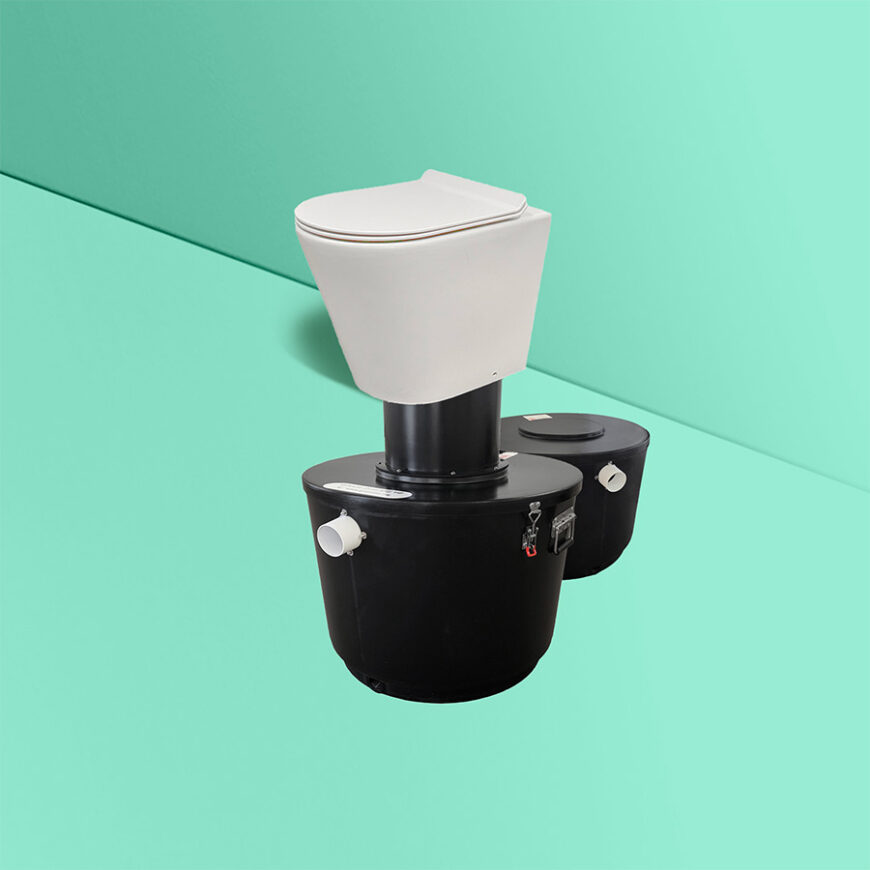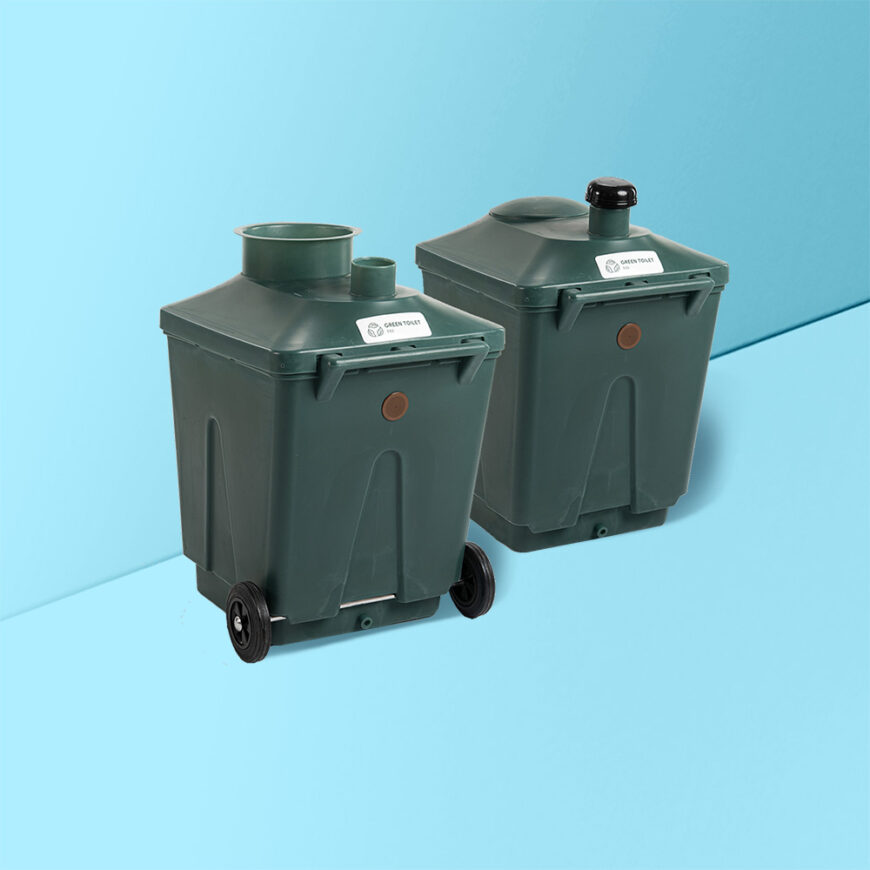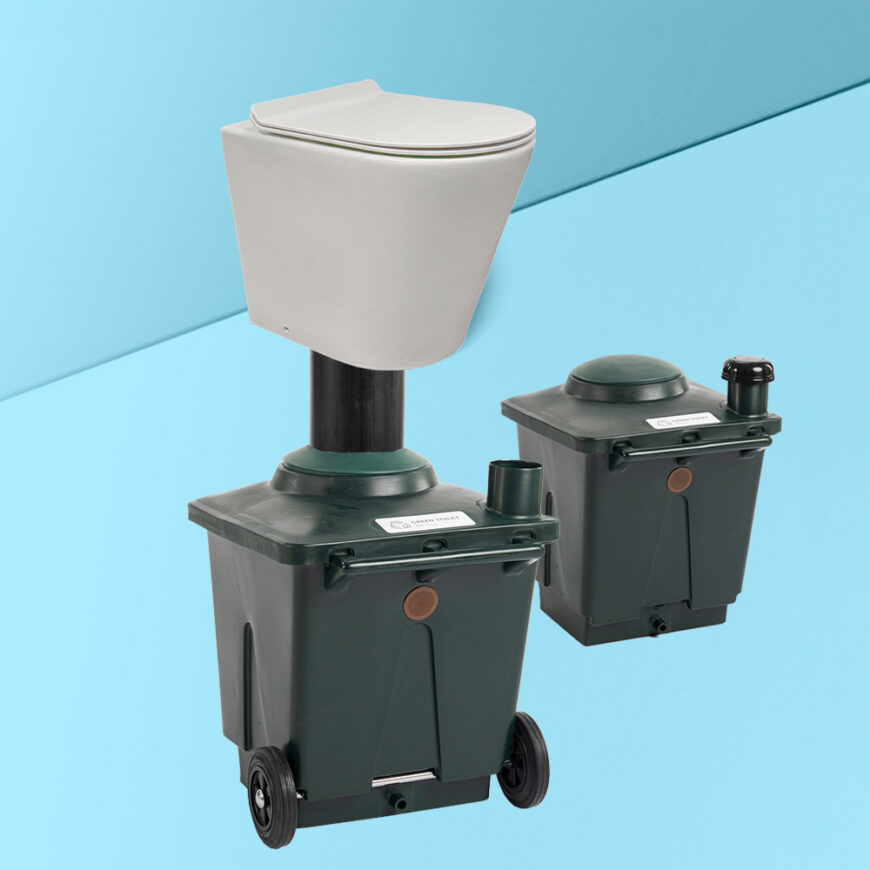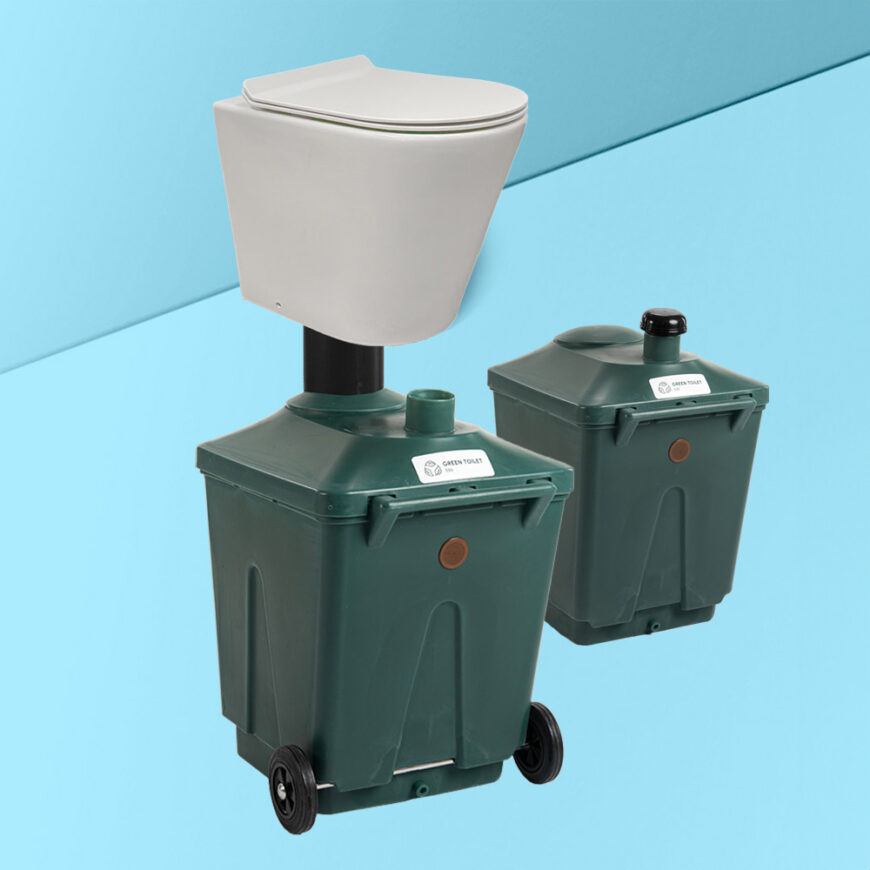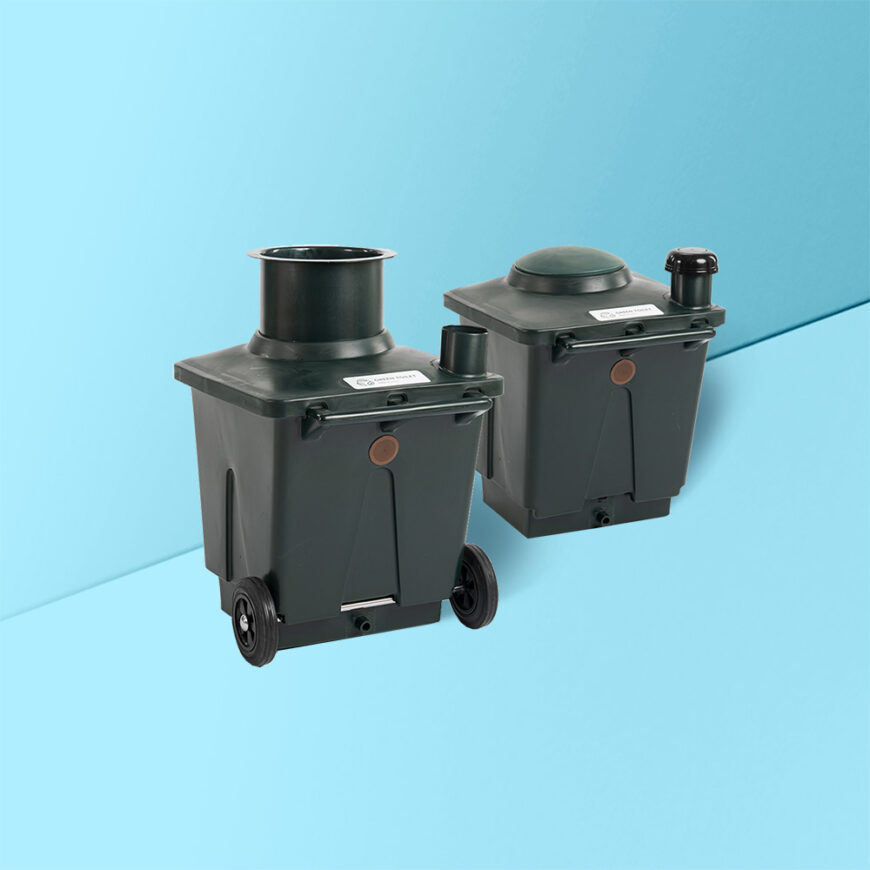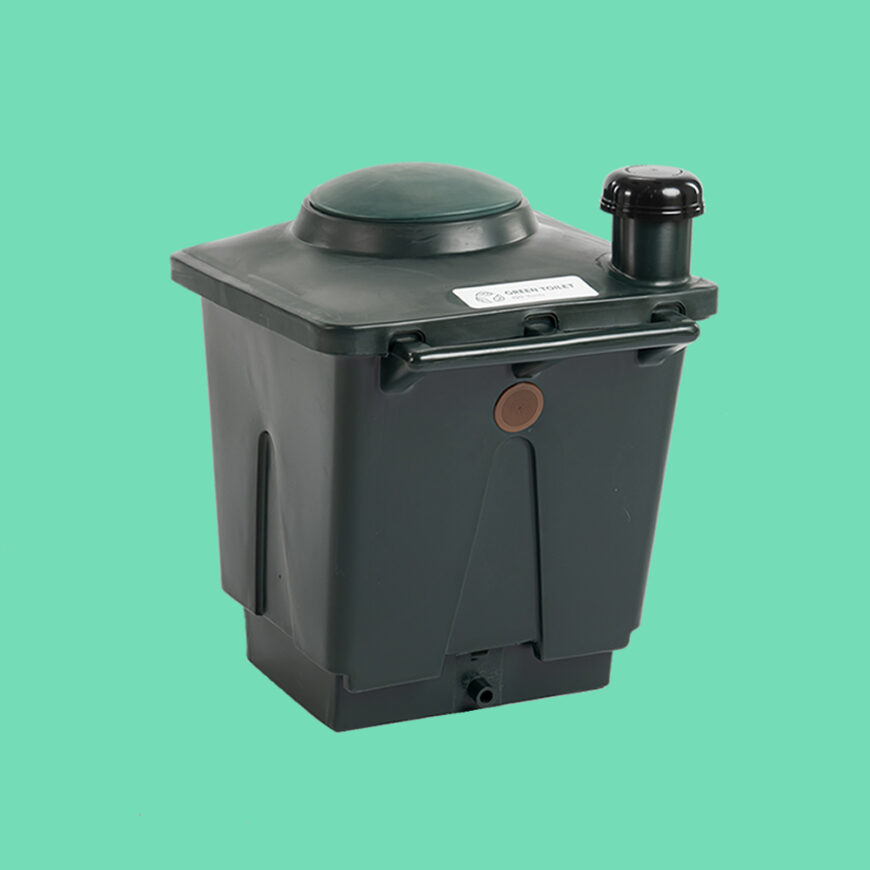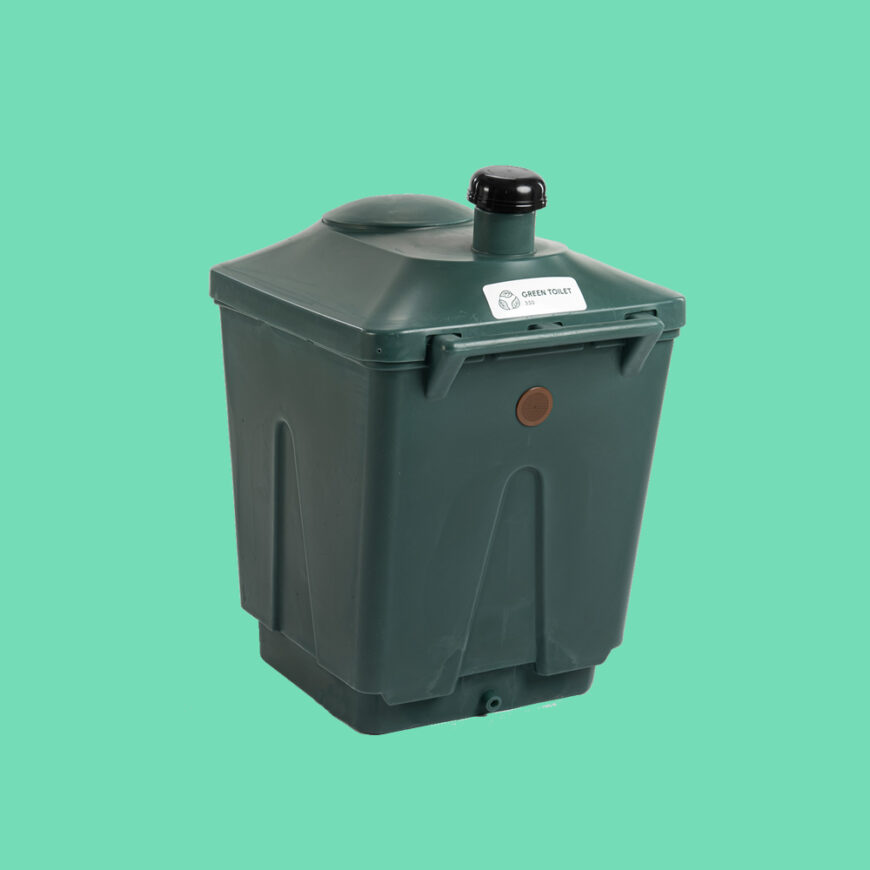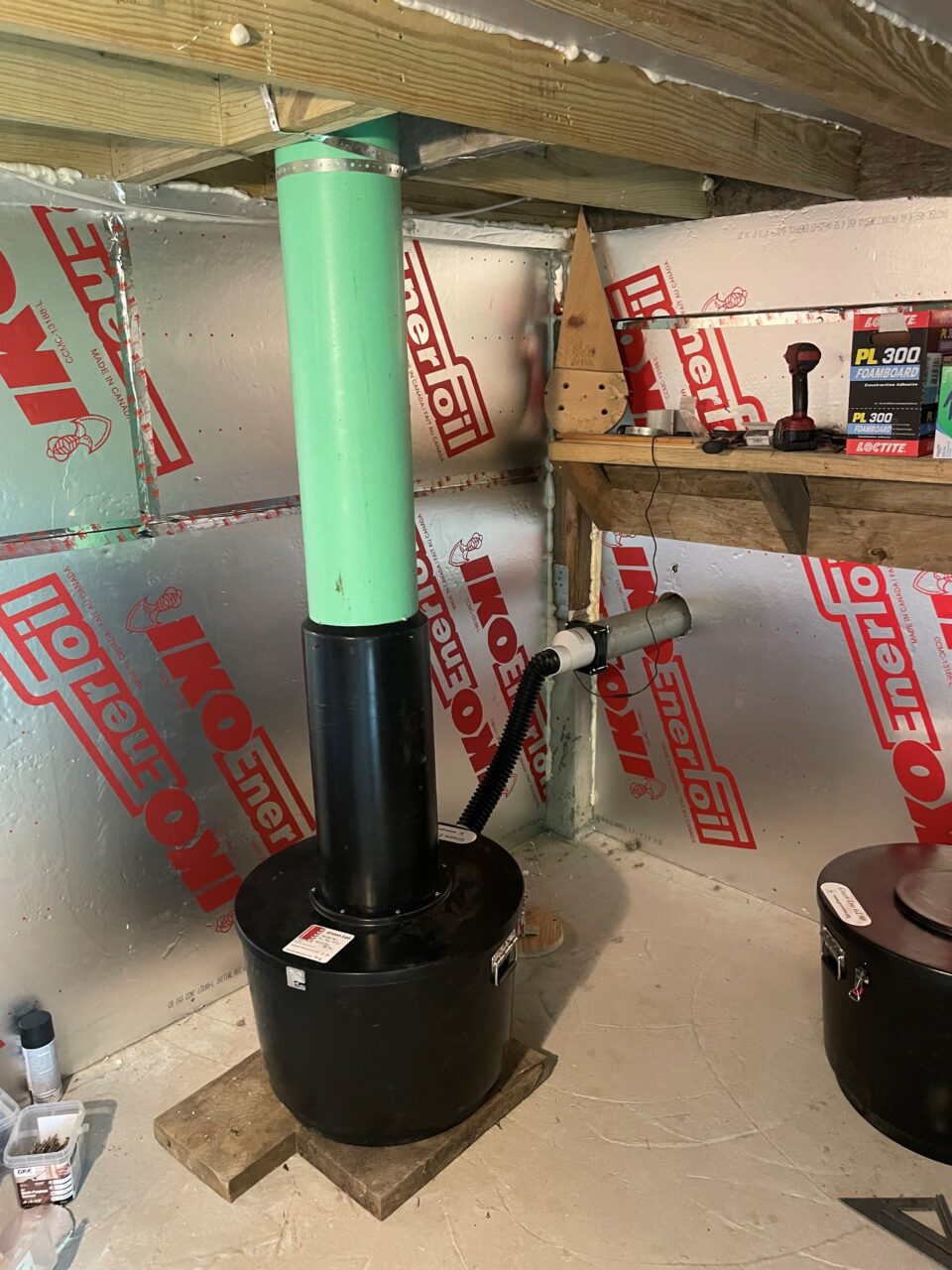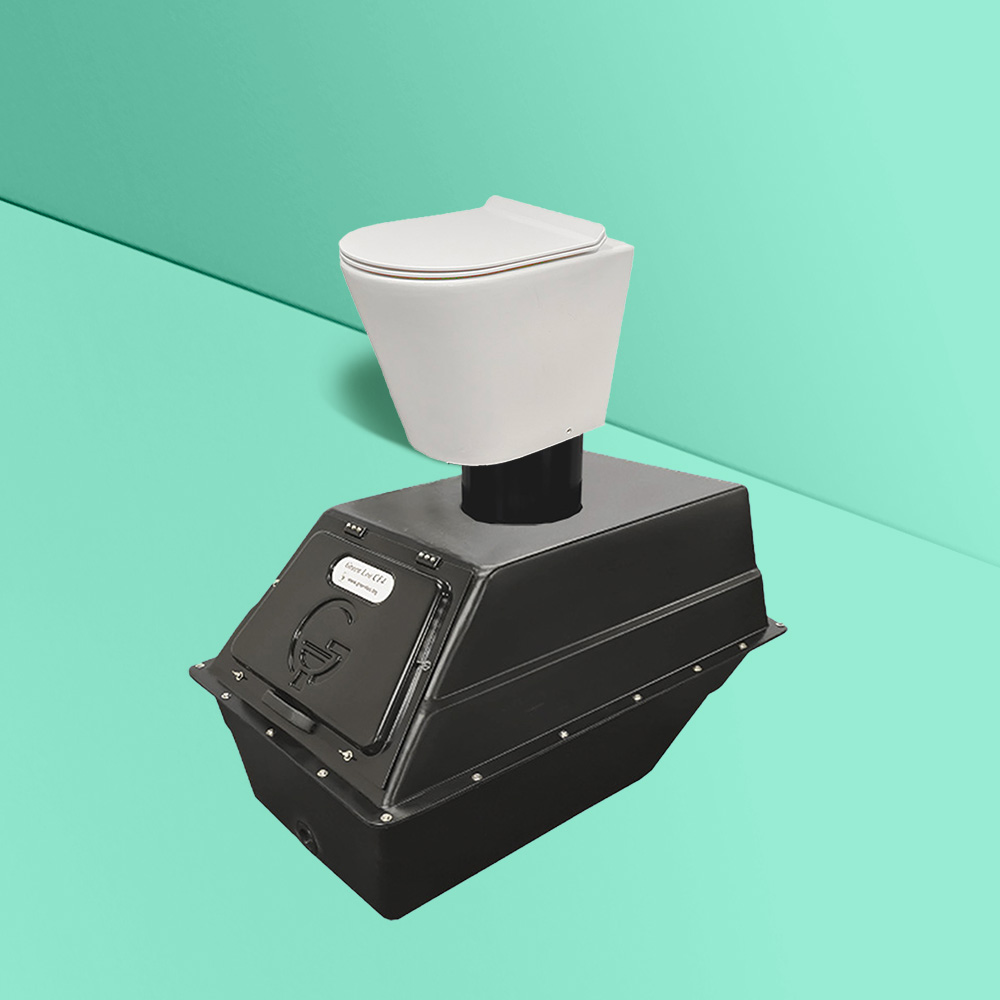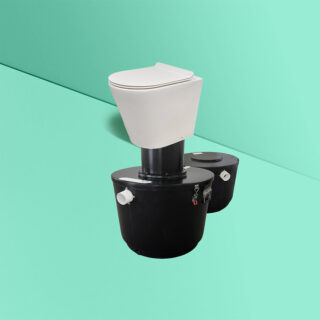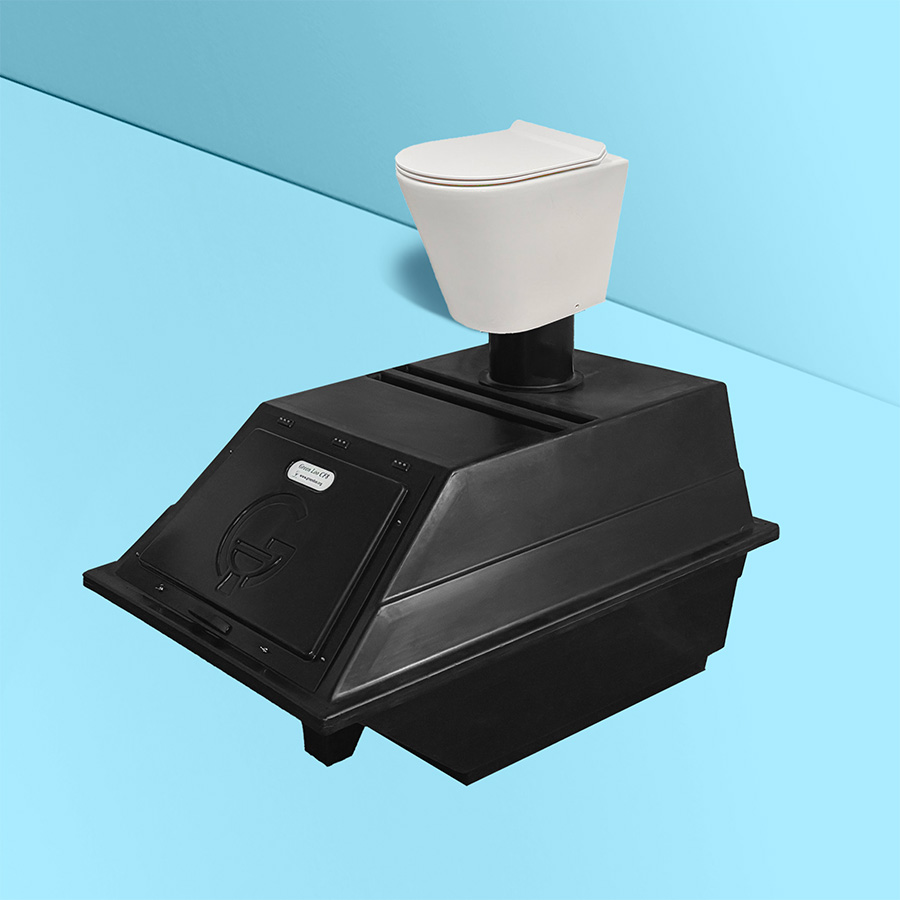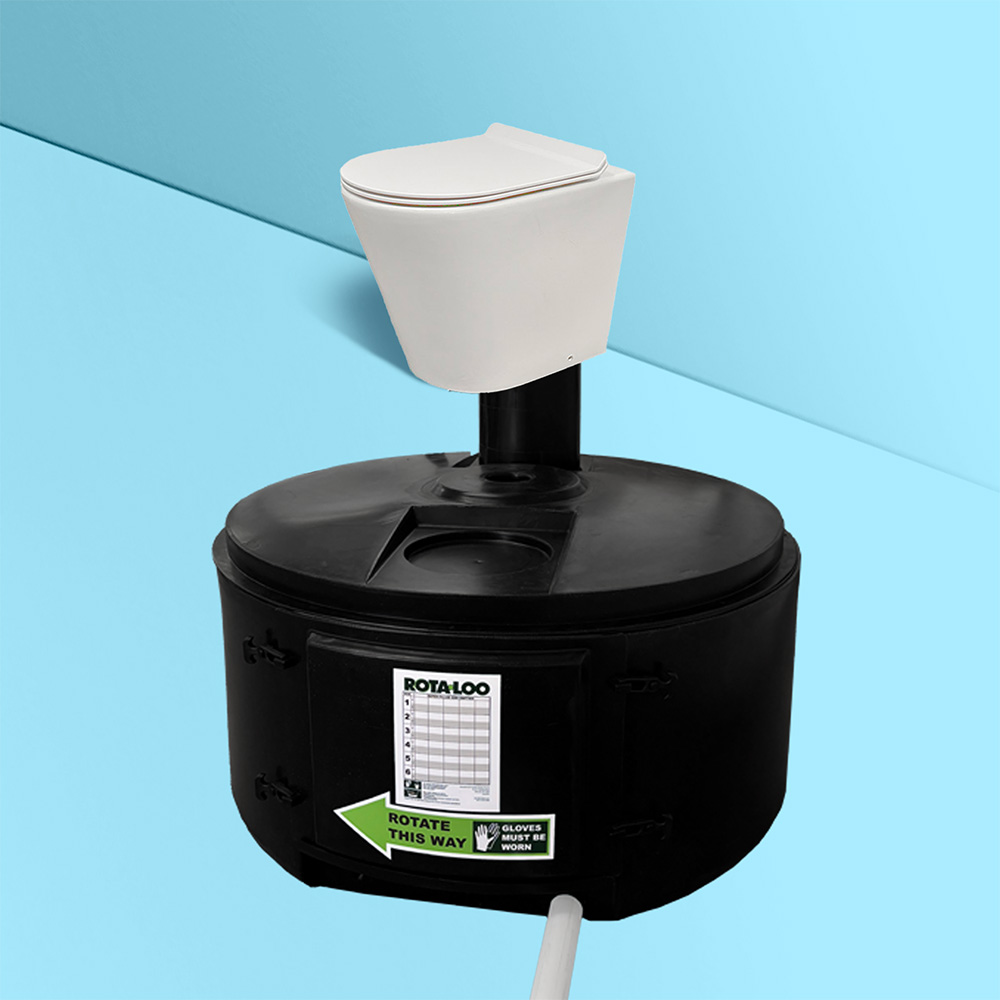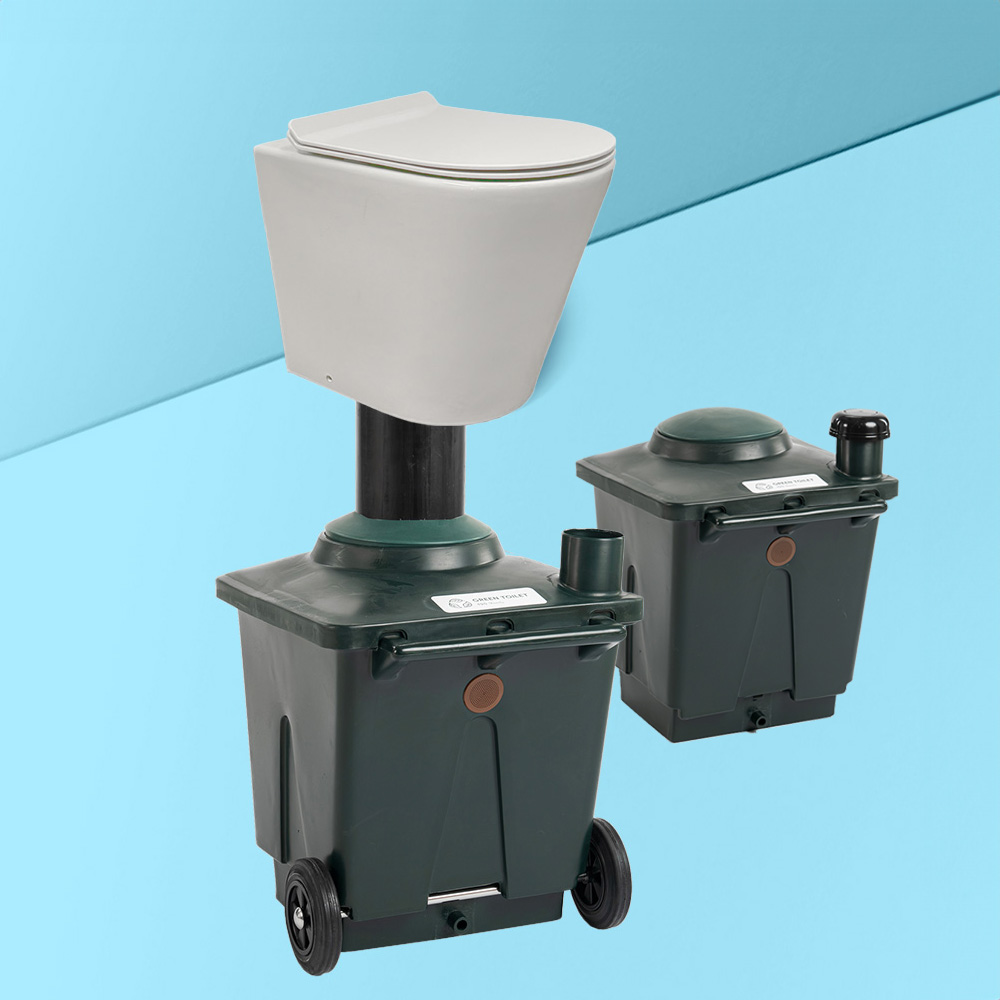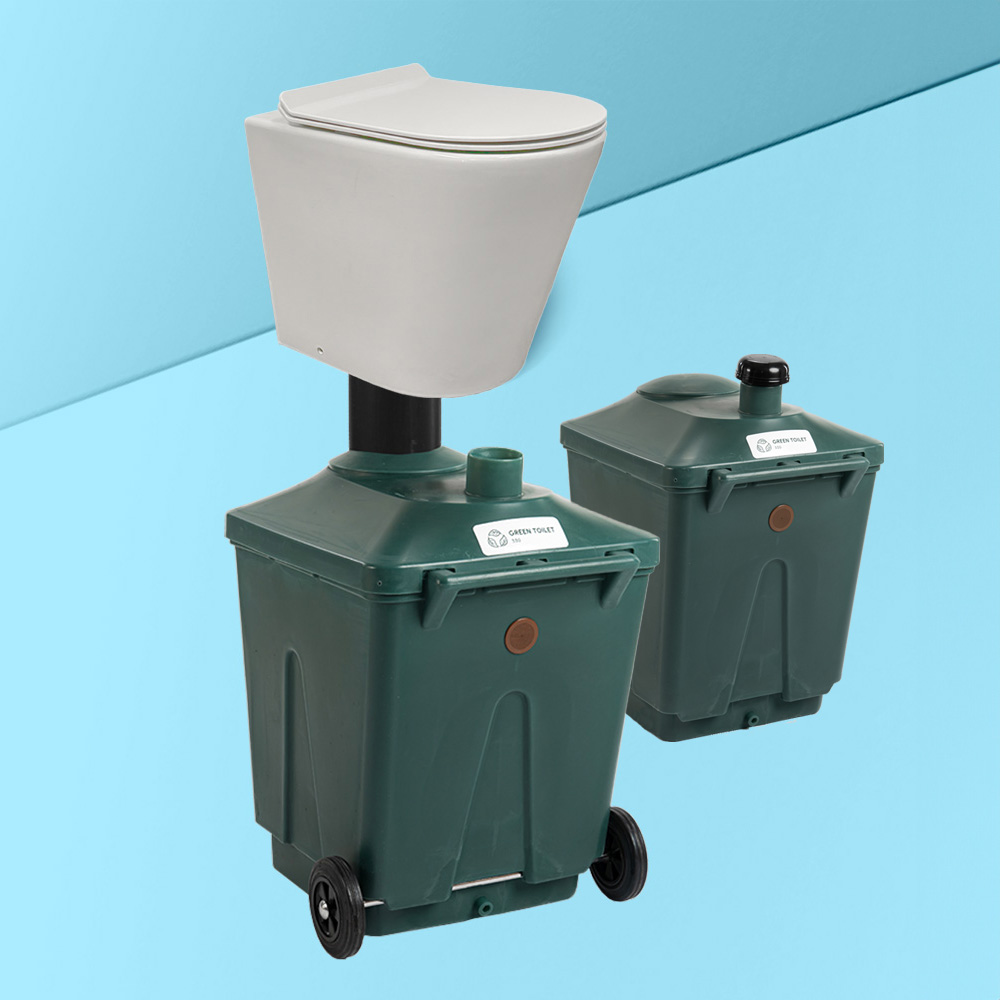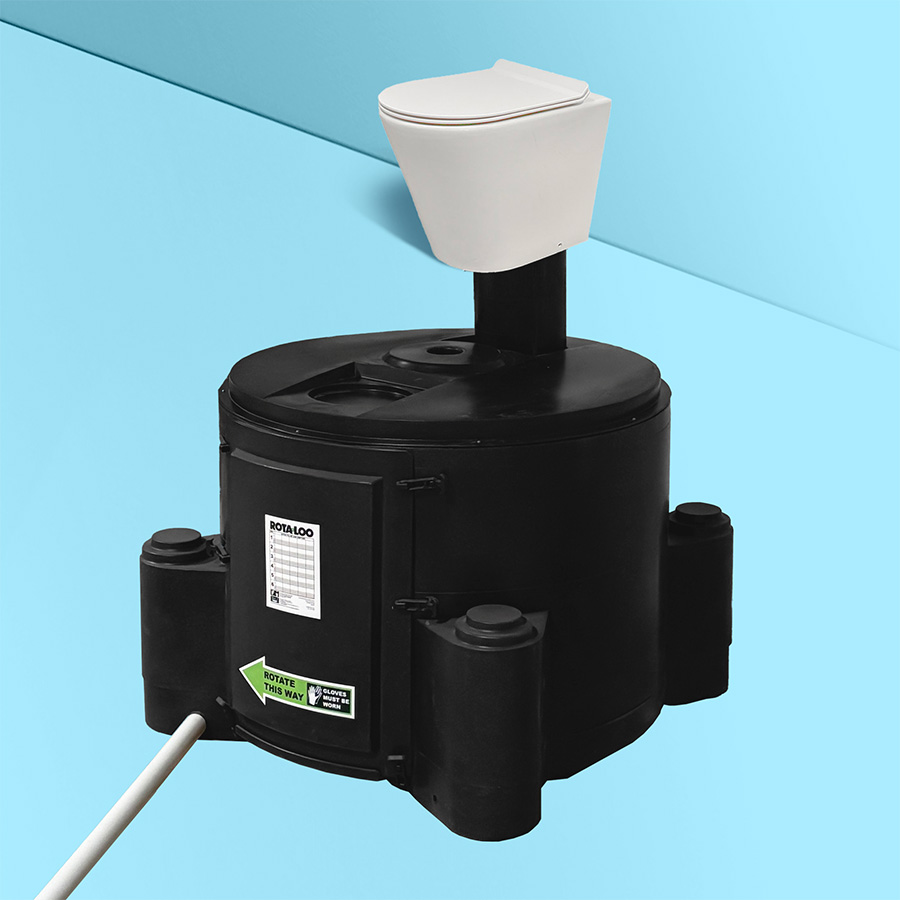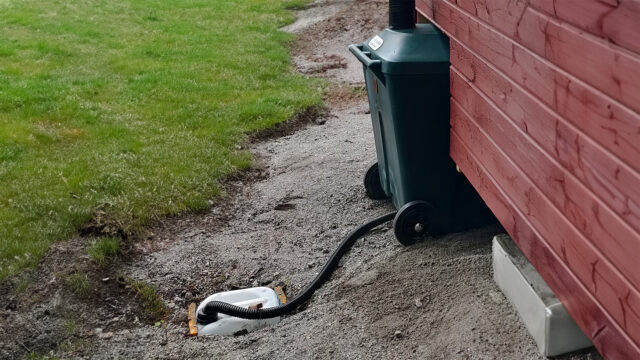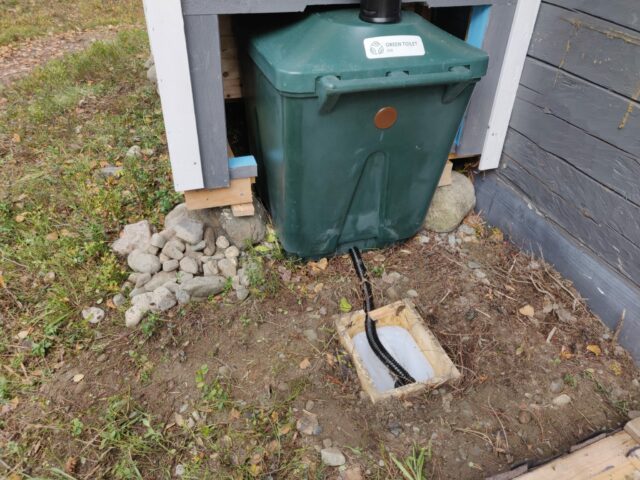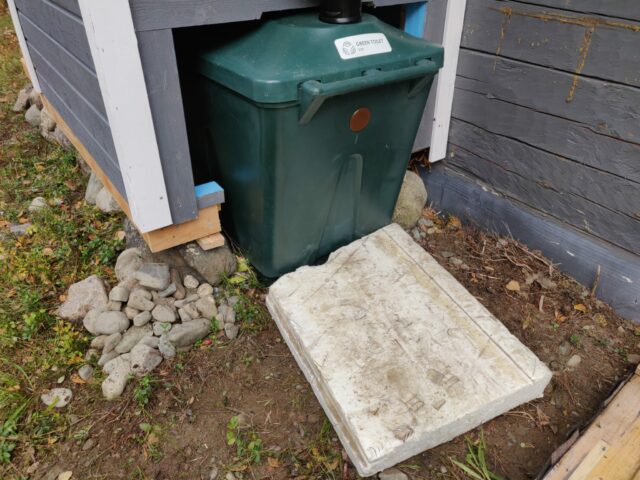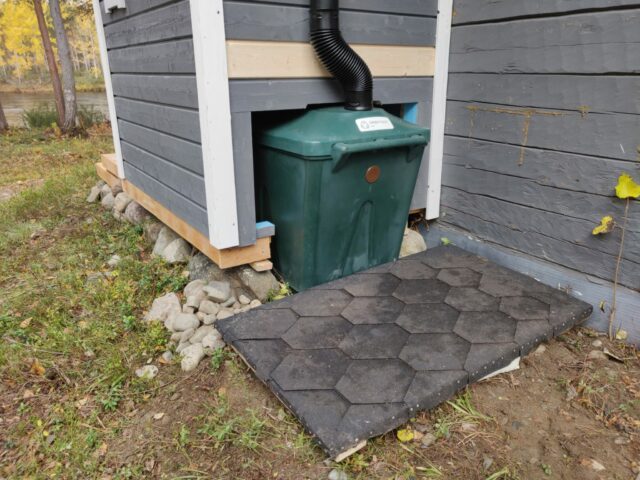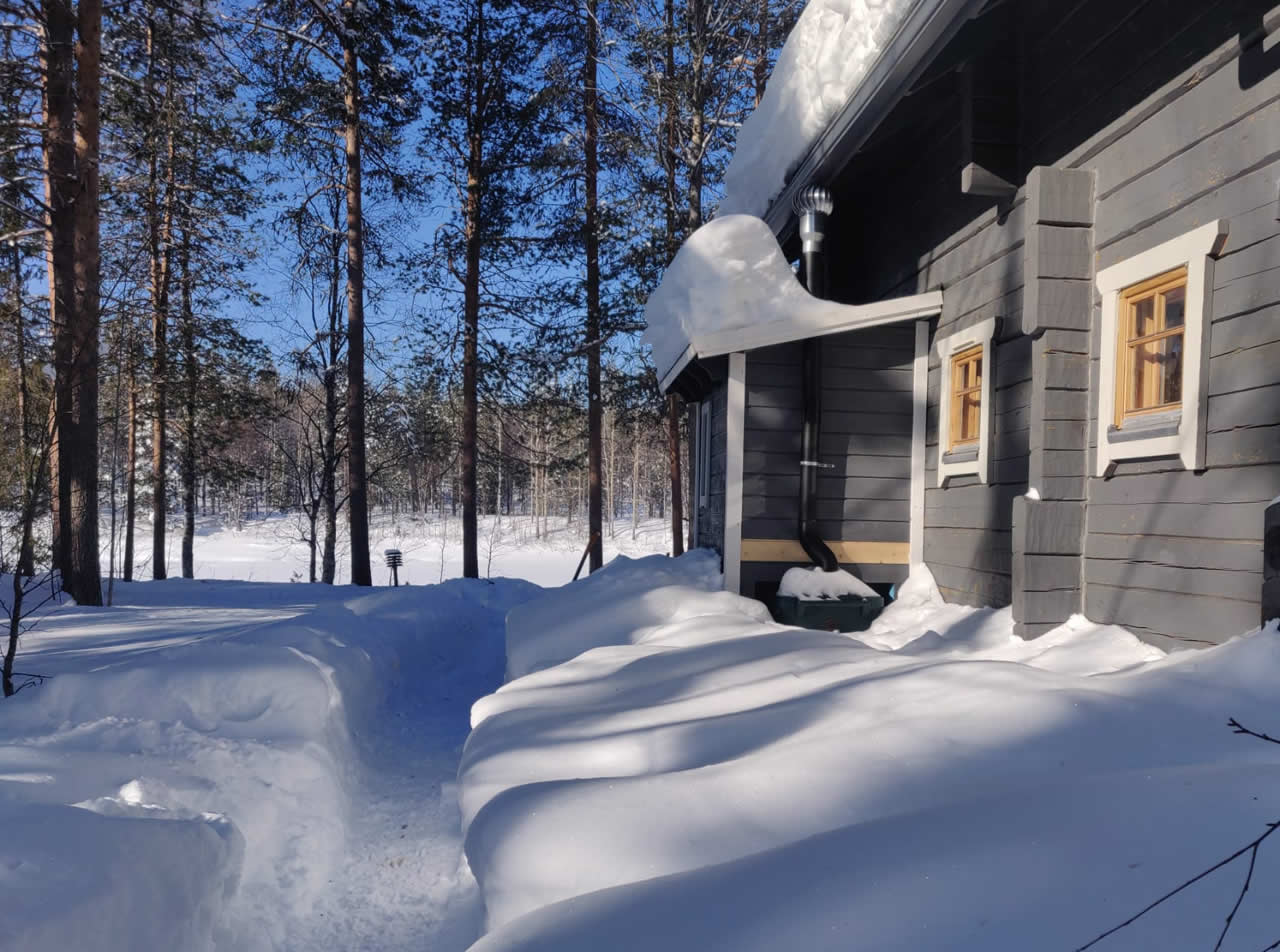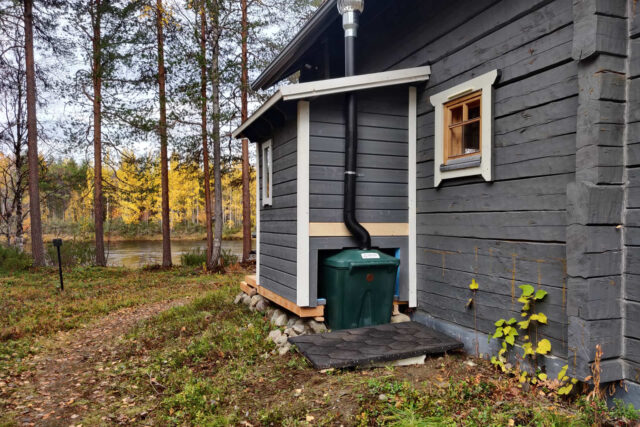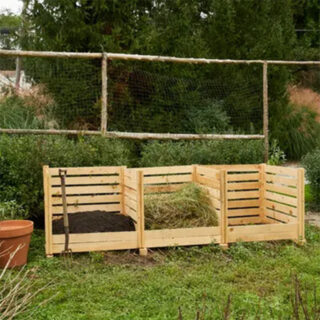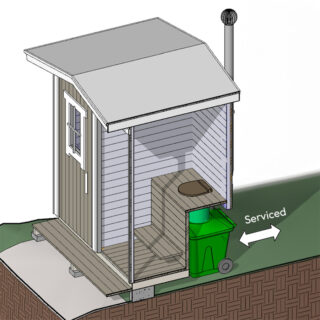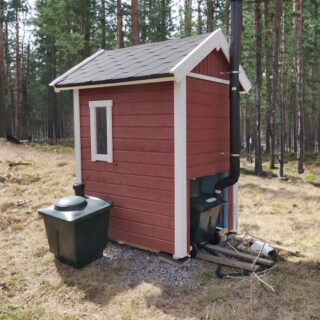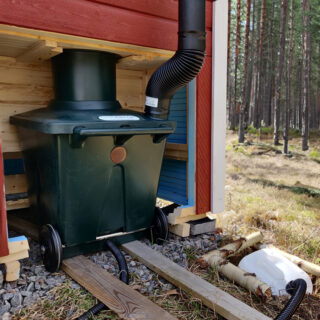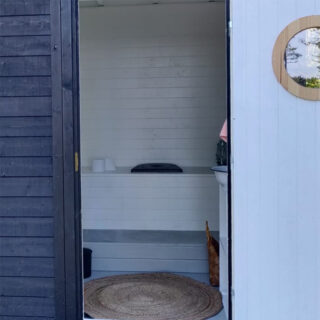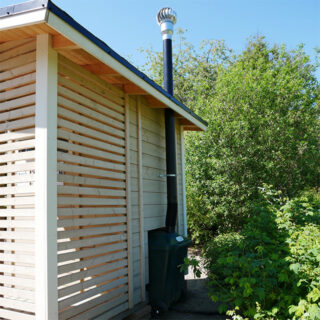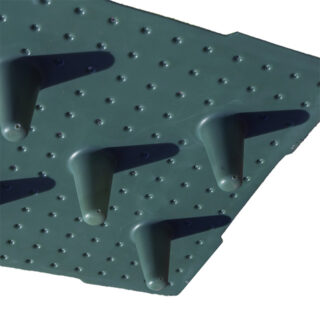Composting Toilets for Cold climate
Contrary to popular belief, cold climates do not preclude the use of composting toilets. Composting toilets are used all around the U.S. and worldwide, including in the colder regions of Canada, Scandinavia, and even in Iceland for tourists. Composting toilets can function effectively even below the freezing point, although the composting process itself requires temperatures to remain above 32°F (0°C).
Key Considerations for Cold Climate Composting Toilets
When installing a composting toilet in cold climates, couple important factors must be considered: adequate capacity for solids and working solution for liquid waste.
Sufficient Capacity
Natural composting process is slower in cold climate. This means that the solid compost should sit longer within the composting toilet system for waste to fully decompose before it can be emptied for example for non-edible plants, bushes or trees. Depending on the number of people using the toilet and how often, you may need to have a somewhat larger composting toilet system for cold climate. It may also be wise to choose a batch composting toilet over a continuous composting toilet so that you do not have to empty frozen solid waste in the middle of the winter. Assuming the composting toilet is used all year-around, another tip is to service the composting toilet system just before the cold season.
Learn How to Empty a Compost Toilet.
Liquid Management
Proper management of liquids is crucial to prevent freezing and blockage in the system. Most composting toilets feature a liquid discharge hose that directs fluids to a separate liquid container or French drain. In cold environments, it is advisable to insulate this hose, and in extremely harsh conditions, consider installing an electric heating cable to maintain fluid flow. Click here to see photos.
Learn about Urine-Separation with Composting toilets.


